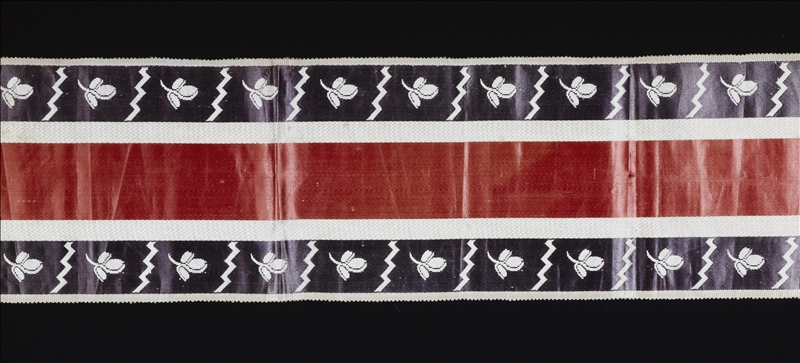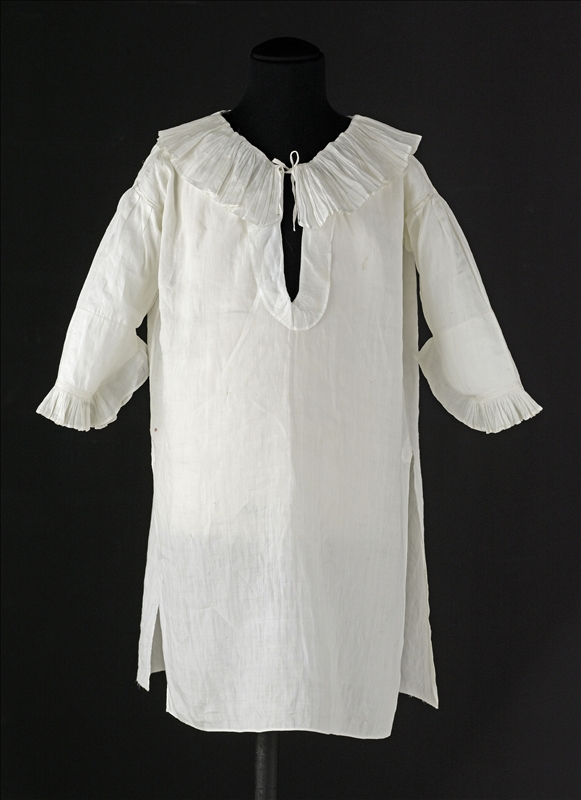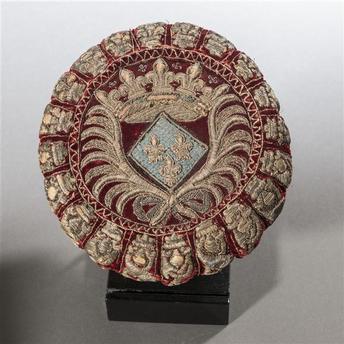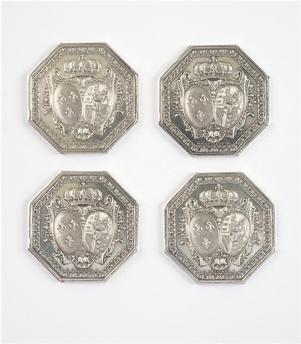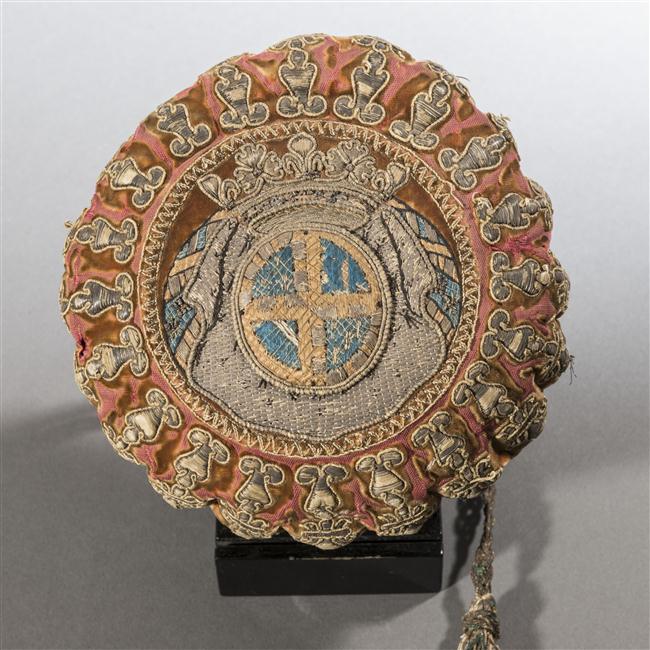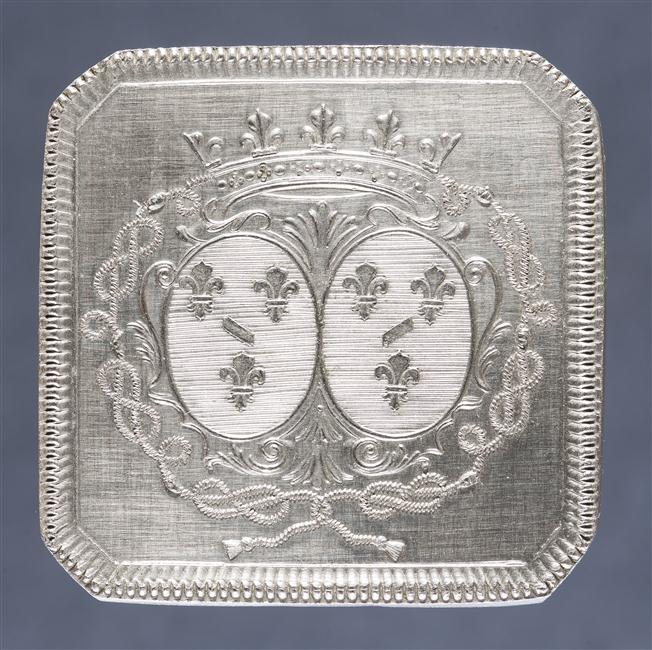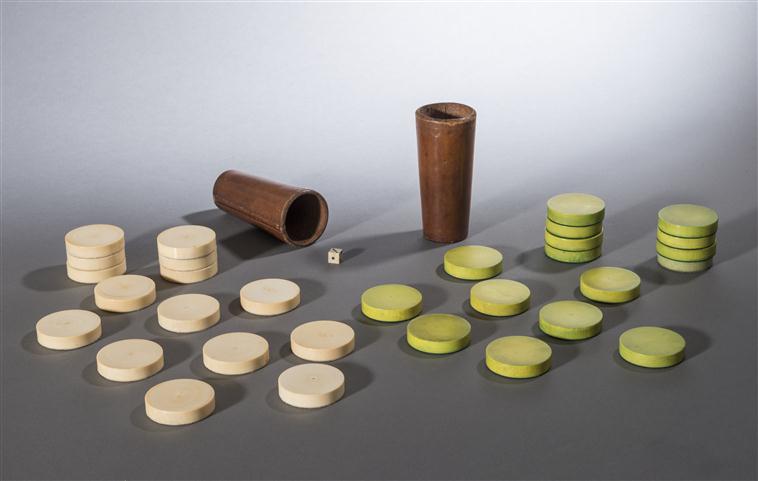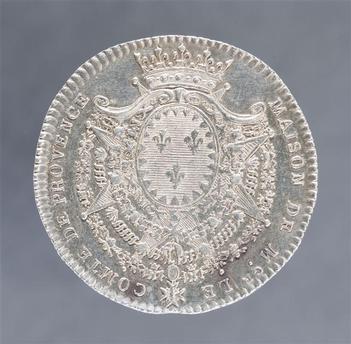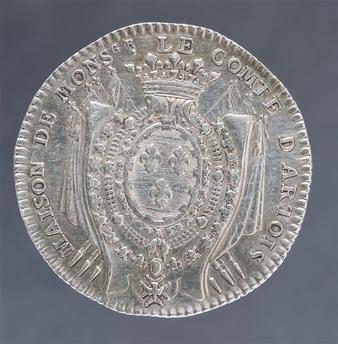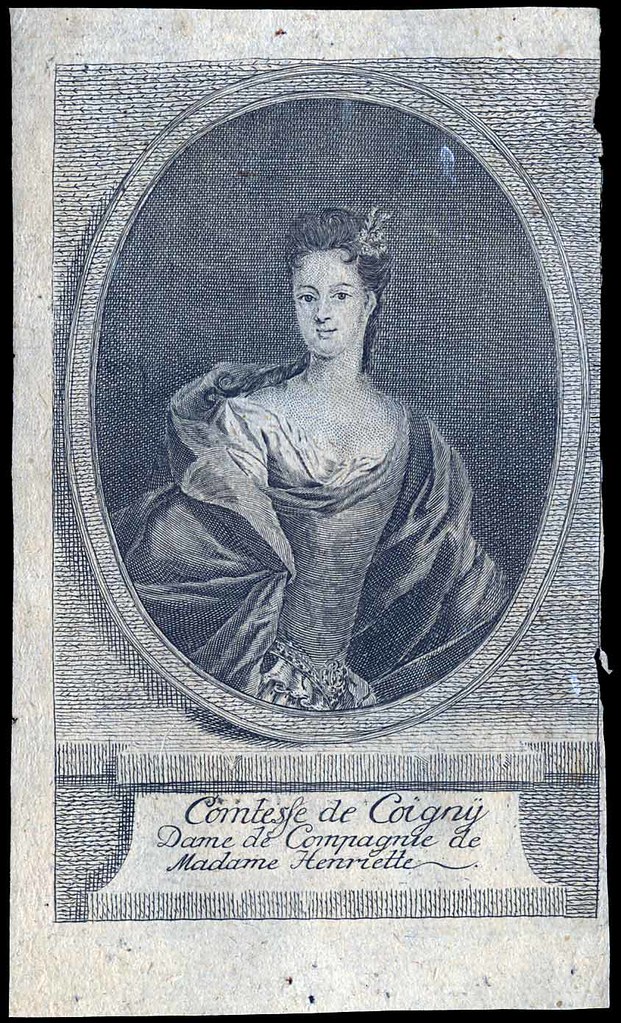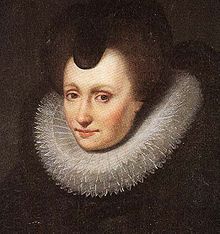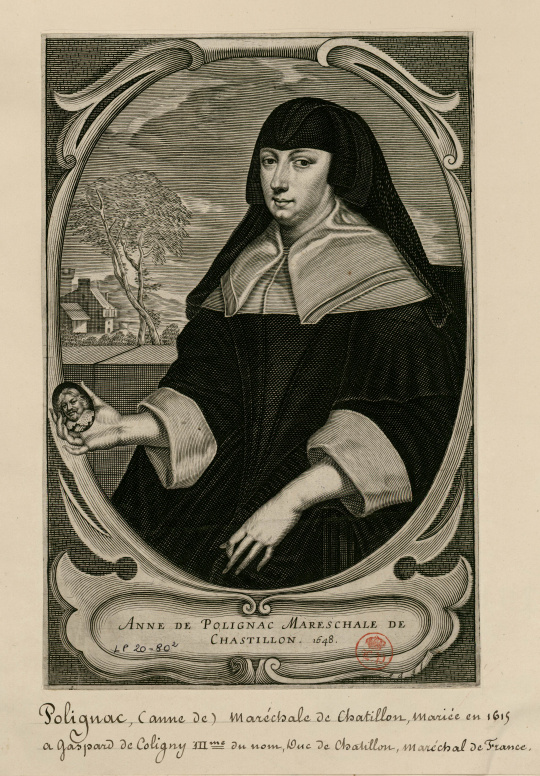The daughters of Louis XV were numerous and each had their own households. As is rather obvious Madame Adélaide was the favourite daughter of Louis XV - consequently, the ladies appointed to her service were numerous.
Adélaide-Élisabeth d'Hallencourt de Dromesnil, Marquise de Belzunce
1763-70: Companion to Madame Adélaide
Married to Louis-Antonin, Marquis de Belzunce
Catherine-Madeleine Pécoil de La Villedieu, Duchesse de Brissac
1745-52: Companion to Madame Henriette and Adélaide
1752-70: Companion to Madame Adélaide
Married Charles-Timoléon-Louis de Brissac, Duc de Brissac
Her marriage caused some raised eyebrows since Catherine-Madeleine was not an aristocrat; she was a very wealthy heiress to a merchant from Rouen. The Duc de Saint-Simon was quick to remark that the Ducs of Brissac had never been too proud to marry beneath them.
Charlotte Alexandrine Sublet d'Hallencourt de Dromesnil, Comtesse de Belzunce
1746-52: Companion to the Madame Henriette and Adélaide
1752-63: Companion to Madame Adélaide
1770-1774: Same as before
Married to Antonin-Armand de Belzunce, Comte de Belzunce
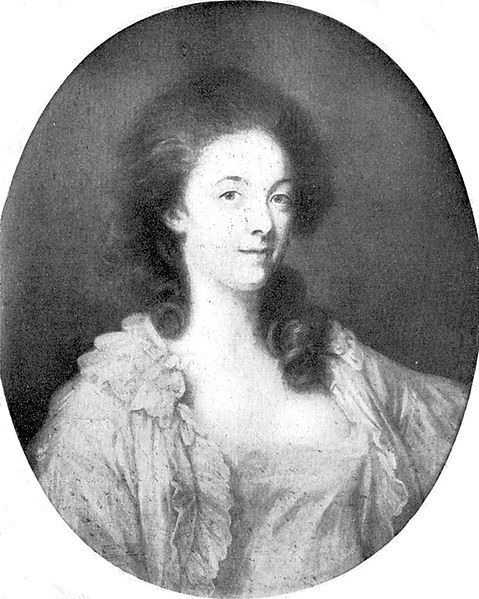 |
| Charlotte Alexandrine |
Charlotte Rosalie de Romanet, Duchesse de Choiseul-Beaupré
1751-52: Companion to Madame Henriette and Adélaide
1752-53: Companion to Madame Adélaide
Married at Bellevue to François-Martial de Choiseul - is believed to have been a mistress to Louis XV for a short while.
She was presented at court a fortnight after her marriage but she died just two years later.
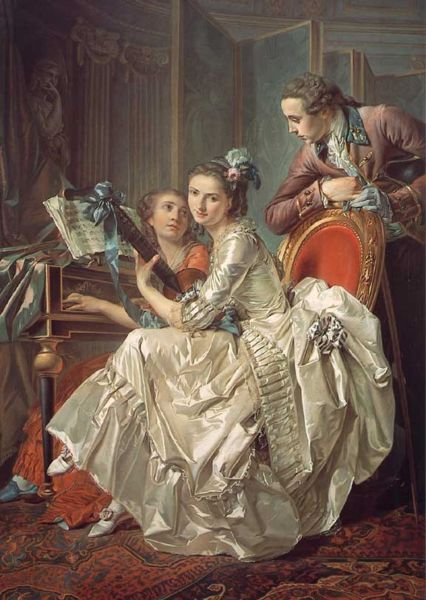 |
| Duchesse de Choiseul-Beaupré |
Élisabeth-Louise de Boullongne, Marquise d'Hôpital
1739-55: Companion to the eldest Mesdames
1752-67: Companion to Madame Adélaide
Married to Paul-François de Galluccio de l'Hôpital, who served as ambassador to Naples. Her daughter, the Marquise de Lostanges, also served Madame Adélaide.
Louise-Diane-Françoise de Clermont-Gallerande, Duchesse de Brancas
1746-50: Companion to Madame Henriette and Madame Adélaide
Married to (I) Georges-Jacques de Clermont, Marquis de Clermont-Saint-Aignan, (II) Louis de Brancas, Duc de Brancas (his title was Duc de Villars at the time of their marriage). She was later transferred to the household of Dauphine Marie-Josèphe
 |
| Duchesse de Brancas |
Louise-Marie-Emmanuelle de Tourzel d'Alègre, Marquise de Maillebois
1751-52: Companion to Mesdames
1752-56: Companion to Madame Adélaide
Married to Jean-Baptiste-François Desmarets, Marquis de Maillebois.
She became a Grandee of Spain through her husband in 1745
Marie-Françoise de Pardaillain de Gondrin, Marquise de Civrac
1747-52: Companion to the eldest Mesdames
1752-55: Companion to Madame Adélaide
1755-64: Dame d'atours to Madame Adélaide
Marie-Françoise de Talleyrand, Comtesse de Périgord
Companion to the younger Mesdames
Marie-Francoise-Catherine de Beauvau-Craon, Marquise de Boufflers
1750-60: Companion to the younger Mesdames
Marie-Henriette de Polastron, Comtesse d'Andlau
1739-46: Companion to the Mesdames Henriette and Adelaide
In 1746 she was exiled to Auxerre which would end her court career
 |
| Comtesse d'Andlau |
Marie-Louise-Angelique de Talaru de Chalmazel, Marquise de Castries
1746-52: Companion to the eldest Mesdames
1752-83: Companion to Madame Adélaide
Wife of Armand François de La Croix de Castries
Marie-Magdeleine-Charlotte de Béon de Massés de Cazaux, Comtesse de Béon
1782-89: Companion to Madame Adélaide
Married to François-Fréderic de Béon. She was formally presented to the king in 1780.
 |
| Comtesse de Béon |
Marie-Suzanne-Françoise de Creil, Duchesse de Beauvilliers
1744-50: Companion to the eldest Mesdames
1750-52: Dame d'honneur to the eldest Mesdames
1752-80: Dame d'honneur to Madame Adélaide
Married to Paul-François de Beauvilliers
Marie-Thérèse-Josèphe-Corinthe de Névet, Comtesse de Coigny
1750-55: Companion to the younger Mesdames
1775-76: Companion to Madame Victoire





